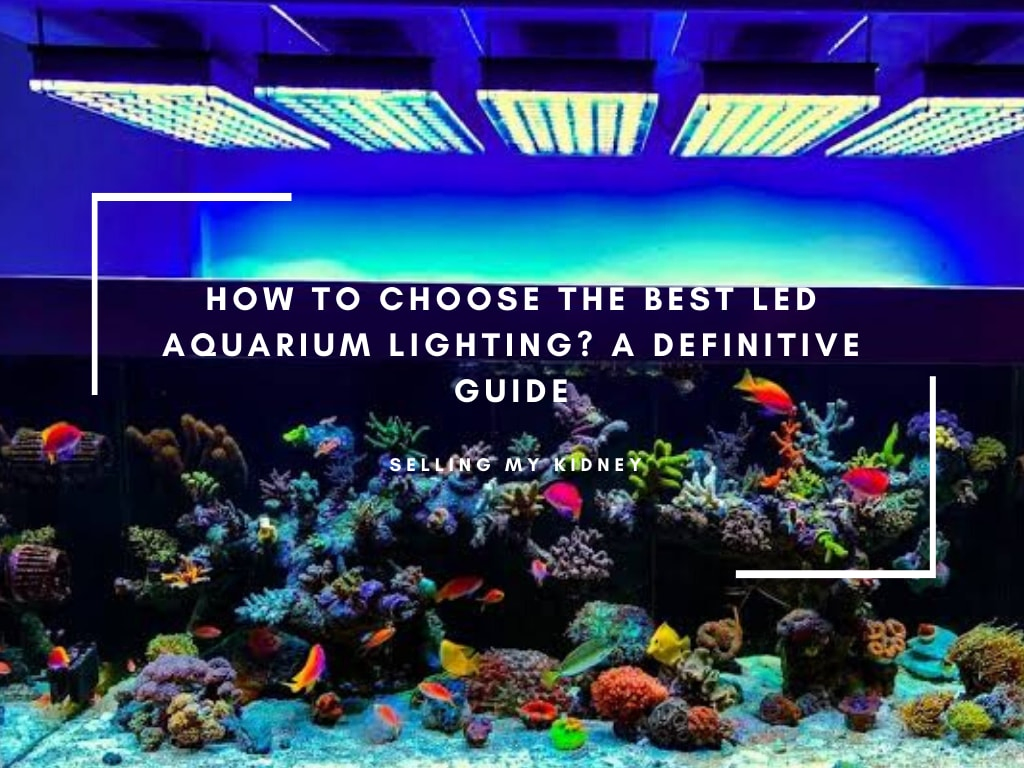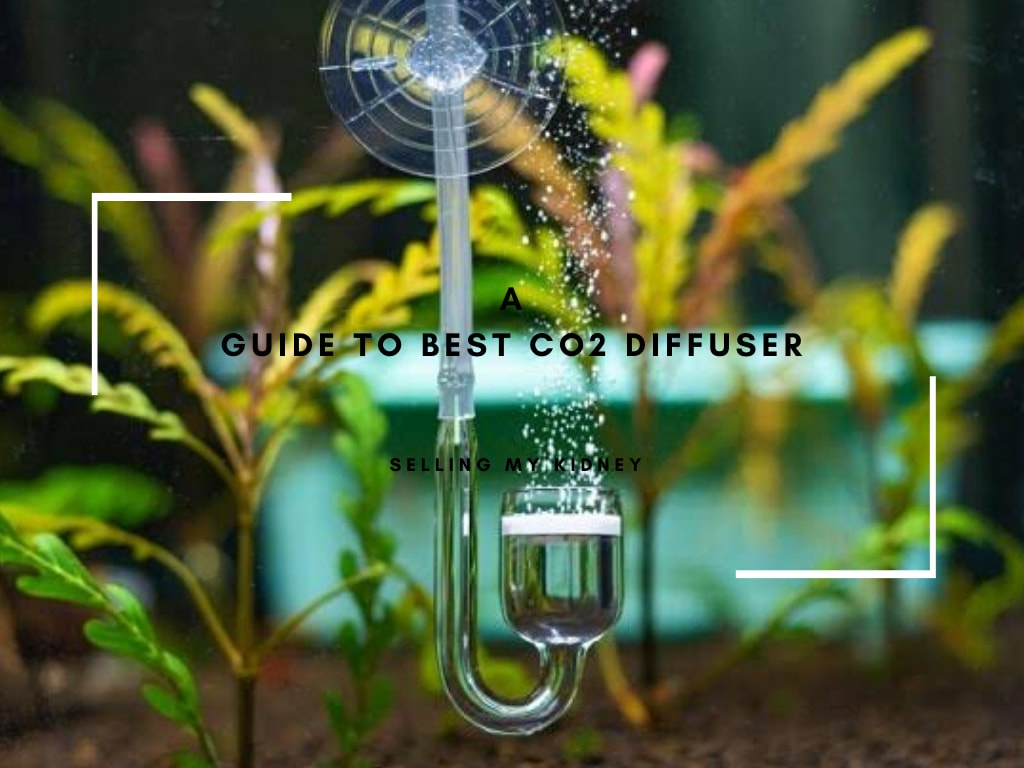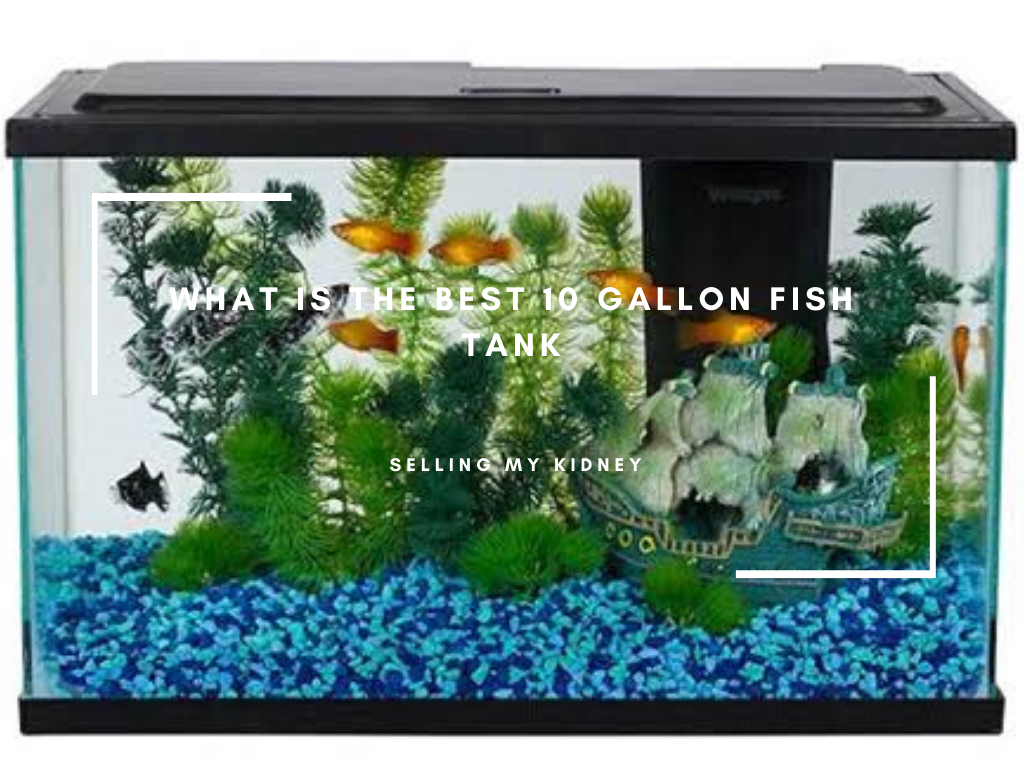Having an aquarium filter that isn’t working can be very frustrating.
It’s important to understand why the filter might not properly function so you can take the necessary steps to fix it and get your tank back in balance.
There are a few common reasons for this issue, such as:
- Clogged filters;
- Low flow rate;
- Incorrect water chemistry levels (pH, ammonia);
- Or inadequate equipment maintenance.
Regular cleaning and monitoring of all components will help prevent any issues from arising with your aquarium filter!
Common Reasons For Aquarium Filter Failure
Aquarium filters are essential for keeping a healthy aquarium.
Unfortunately, they can fail from time to time due to various reasons.
Common causes of filter failure include clogged media; inadequate flow rate; incorrect installation or maintenance; and power outages/surges.
Clogging occurs when the filter’s media becomes filled with debris, such as fish waste, uneaten food particles, and algae growths.
That’s reducing its efficiency in removing toxins from the water column.
A low flow rate means insufficient water is pushed through the filtration system. That also reduces its effectiveness at properly cleaning your tank’s environment!
Incorrectly installed or maintained filters may cause them to malfunction over time too. Always make sure you follow manufacturer instructions carefully!
Finally, sudden changes in the electricity supply (power surges) can damage electrical components within an aquarium filter leading it to stop working altogether. So be careful if using any surge protector device on your setup!
How To Troubleshoot A Non-Working Aquarium Filter?
Troubleshooting a non-working aquarium filter can be tricky.
Here are some steps to help you get your filter up and running again:
- Check the power supply – make sure it is plugged in correctly, that there isn’t an issue with the outlet or fuse box, and that all connections are secure;
- Inspect for any blockages – look inside of hoses/tubes for debris such as gravel or plant matter which could prevent water from flowing through properly;
- Clean out media baskets – remove sponges and carbon pads. Rinse them off thoroughly under warm tap water (not hot). Then replace them back into their respective slots within the filtration system;
- Replace old parts if necessary – check seals on pumps and impellers to ensure they aren’t worn down due to age/use over time, causing leaks or other issues preventing proper equipment operation;
- Test run without fish present – turn everything on but don’t add any livestock yet so you can observe how well things work before introducing animals into an environment where potential problems may exist still unresolved.
- Monitor closely after adding fish – once tank inhabitants have been added, keep a close watchful eye making sure no further complications arise. Especially during the first few days following the installation process completes.
With these tips, your aquarium will soon be functioning optimally!
How To Check If The Problem Is With The Filter Or Other Equipment?
Checking if the problem is with the filter or other equipment can be a tricky task.
Here are some steps to help you out:
- Check for any visible signs of damage on both the filter and other equipment, such as cracks, dents, or tears in hoses;
- Inspect all connections between components to make sure they’re secure;
- Test each component individually by running it through its cycle without connecting it to anything else (e.g., run water through an unconnected hose);
- If one part fails while another works properly, then that’s likely where your issue lies;
- Replace faulty parts immediately – don’t wait until something worse happens!
Finally, keep up regular maintenance checks, so problems like this don’t arise again.
Clean filters regularly and check seals/connections every few months at least!
How To Check If The Problem Is With The Water Or Other Environmental Factors?
To check if the problem is with water or other environmental factors, it’s important to consider a few key points.
- Look at what type of environment you’re in. for example: Is there an abundance of trees and plants? Are there any sources of pollution nearby (e.g., factories)?
- Examine your local weather patterns; are they unusually dry or wet lately?
- Inspect the quality and quantity of available water resources – do you have access to clean drinking water from wells/rivers/lakes?
- Consider any changes that may occur due to climate change, such as rising temperatures or increased rainfall levels.
We can determine whether our issue lies within the natural environment by considering these four elements together.
Or if something else might be causing problems like contamination from human activities!
How To Perform Regular Maintenance To Prevent Filter Failure?
Regular maintenance is essential to prevent filter failure.
Here are some tips:
- Check the filters regularly for dirt and debris buildup. Replace them if necessary.
- Clean or change air filters every three months, depending on usage levels and environmental conditions (e.g., pet dander).
- Inspect water lines periodically for leaks or blockages that could cause pressure drops in filtration systems. Repair any issues promptly.
- Ensure all valves are functioning properly by testing their operation at least once a year. This includes checking flow rates and backflow prevention devices like check and relief valves. That can help protect against contamination from outside sources such as sewage spills.
- Monitor system performance with regular tests of pH balance, chlorine residuals, and turbidity readings. Adjust accordingly to maintain the optimal efficiency of your filtering equipment/systems.
Finally, keep an eye out for signs of wear and tear.
Corrosion around fittings may indicate it’s time to upgrade components before they fail completely!
Wrapping Up: Why Is My Aquarium Filter Not Working?
In conclusion, it is important to understand why your aquarium filter may not work.
There are many possible causes, such as clogged or dirty filter media, an inadequate flow rate of water through the system, and insufficient aeration in the tank.
It could also be due to incorrect installation or maintenance of equipment like pumps and air stones.
To ensure that your aquarium remains healthy for its inhabitants, you should regularly check all components, including:
- Filters;
- Clean them if necessary;
- Replace any worn parts;
- Adjust settings according to the manufacturer’s instructions;
- Monitor levels of ammonia/nitrite/nitrate.
Perform regular partial water changes with dechlorinated tap water (or use aged-treated).
Feed fish appropriately – too much food can cause problems!
Finally, always seek professional advice when needed – this will help keep both you and your aquatic friends happy!




